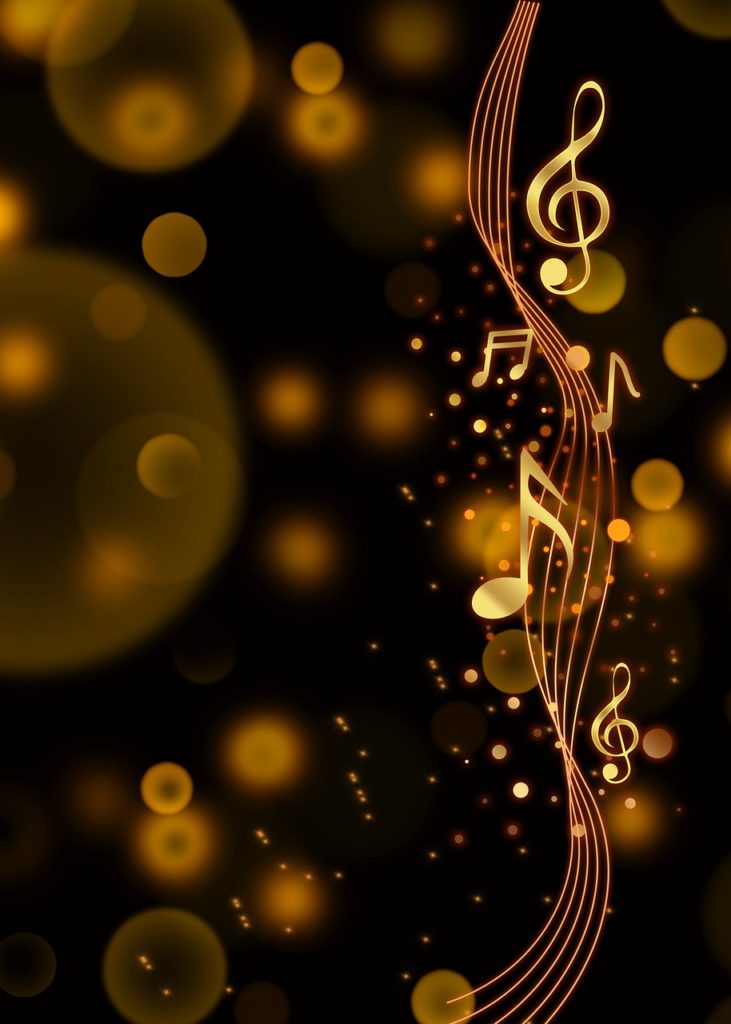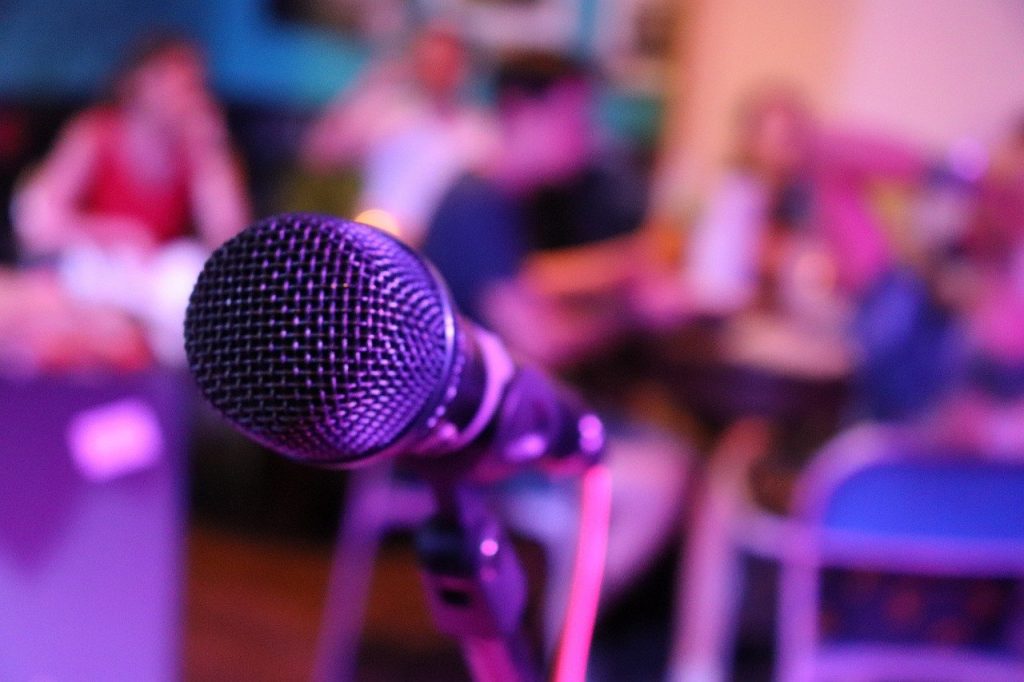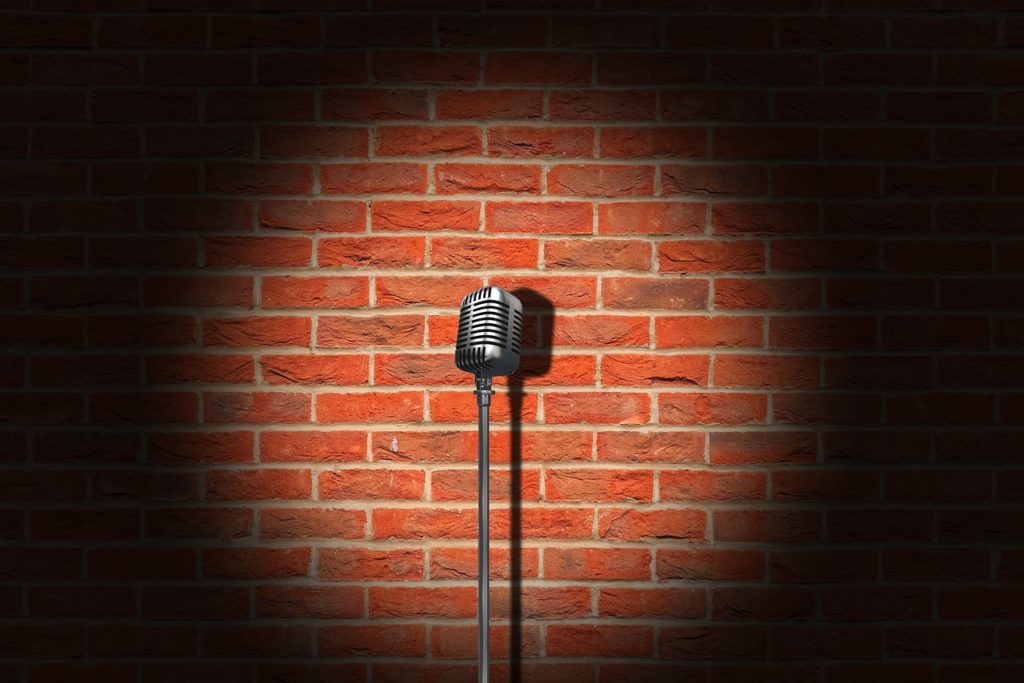Jammu and Kashmir boasts of a rich culture that comprises local handicrafts, a variety of traditional delicacies, rich traditions, festivities, and Kashmir’s very own music and dance. The folk music of J&K is characterised by some peculiar musical instruments, dance forms and singing styles, which are different from the folk culture of any other Indian state, and are integral to every Kashmiri celebration and special occasion. Here is an insight into the folk music of Jammu and Kashmir with brief information about its history, types, and traditions.
Traditional Folk Music of Jammu and Kashmir
The folk music of Jammu and Kashmir can be broadly classified as music of Jammu and music of the Kashmir Valley. Music from the Jammu region is similar to North Indian music, while the music of the Kashmir Valley is similar to the music of Central Asia. Folk music is played at almost every special occasion such as the birth of a child, weddings, and local festivals. The Kashmiris celebrate every happy occasion with music and dance, which reflects the rich history of this region. Some of the best performing arts include singing, playing music, and dancing, which can be witnessed across Jammu and Kashmir. The tradition of music and dance in Kashmir is around a thousand years old and is a beautiful blend of Hindu, Muslim, and Buddhist cultures owing to the prominence of these religions in the history of J&K.
Classical Music: The classical music in Jammu and Kashmir includes Sufiana Kalam or Kashmiri classical and Hindustani classical. Sufiana Kalam has its own ragas (called maqam) and santoor, a 100-stringed percussion instrument is used as the main accompaniment. Kashmiri saz, the setar, wasool, and dokra are among the other musical instruments used. Hafiz Nagma is the dance based on Sufiana Kalam.
References to Hindustani classical music being popular in Kashmir can be found in ancient texts and santoor is known to be an important musical instrument played in Jammu and Kashmir since the olden times. Pahari is an important raga is Kashmir’s classical music.
Chakri: It is a popular traditional music in Jammu and Kashmir. Hindu as well as Muslim Kashmiris perform this music as a part of religious ceremonies and folk culture. Chakri is a responsorial song form and is also used to tell stories. Musical instruments such as the rubab, harmonium, sarangi, nout, geger, chimta and tumbaknaer are used as accompaniments. Rouf which consists of fast notes, is played to conclude a chakri. This form of music is played at Henna nights during Kashmiri weddings.
Ladishah: It is a sarcastic form of singing where the current social and political scenarios are portrayed with a tint of humour through songs. Usually, singers travel from village to village during the harvest season and compose and perform the songs on the spot.
Henzae: Kashmiri Pandits perform these songs during festivals. This form of music is said to be the oldest type of Kashmiri folk singing.
Wanvun: The term means chorus and refers to a style of singing by the Kashmiris. It is performed at certain rituals, is sung on a fixed beat, and on a fixed tune, with differences in the pitch based on the occasion for which it is sung. It is also called Rouf where the term refers to a traditional dance form performed by women on social occasions and cultural events. Rouf is also performed to greet the spring season or during Ramadan. The songs in the background comprise questions and answers, where one groups puts the question and the other group answers.
Bacha Nagma: It is a dance that is performed during marriage ceremonies by males. The attire used in this dance form is similar to that worn in Kathak.
Bhand Jashan: It is a traditional Kashmiri folk dance performed on light music in groups of 10-15 people.
Bhand Pather: It is a traditional folk theatrical art form which is performed at social and cultural events. It depicts social traditions with a tint of satire.
Surma: This dance form is used to portray the sentiments of a new bride whose groom has gone on a war.
Song of Habba Khatoon: This is a classical song based on the love story of the Kashmiri princess Habba Khatoon and Yousuf King. The song reflects her feelings on being far away from Yousuf King.
Wuegi-Nachun: A lesser-known dance form of Kashmiris, it is performed after a marriage ceremony. After the bride has left, women dance around the bridal rangoli.
Dandaras: This dance is performed during the Lohri festival, in which the dancers carry a model of a peacock and a stick in their hands, which is struck with another person’s stick. This dance form is upbeat and energetic.
Gwatri: This is a combination of music and dance and is another art form of Jammu and Kashmir which portrays the rich history and cultural heritage of this region.
Dumhal: It is a theatre-based art form that is a combination of dance and marriage songs. It is mostly performed by people of the Wattal region.
Bakhan: It is performed without musical instruments, is in verse, and widely used to entertain the masses.
Bakhan Geetru: This is a form of song and dance performed by people from the Dogra Pahari region of Jammu. It is usually performed on festivals, folk parties and during marriages, by men and women wearing traditional costumes.
Benthe: It is a lyrical tradition known to have been started by the Bakerwal and Gujjar tribes. About 5-7 people perform the benthe song in chorus.
Song and Dance in Ladakh: Ladakhi music is closer to the music of Tibet. Kompa Tsum-Tsak meaning 3 consecutive steps, is an important part of Ladakhi music culture. Jabro refers to a dance form of western Ladakh. Chaams means a sacred dance by Lamas. Chabs-Skyan Tses is a dance performed while carrying a pot, while Raldi Tses is a dance performed while carrying a sword. Alley Yaato is a Zanskari song and dance sequence. The traditional music of Ladakh includes instruments like Daman, Surna and Piwan (shehnai and drum). Chanting of mantras in Sanskrit and Tibetan languages is an important part of Ladakhi folk music.
The history of the traditional folk music of Jammu and Kashmir dates back to centuries ago. The Brahmin community of the olden times played music that was similar to the Hindustani classical music. Sufism brought along a new musical tradition of Sufiana Kalam. Sufi music continues to attract a large audience even today. This amazing mix of music and dance styles add to the beauty of the culture of Jammu and Kashmir.



